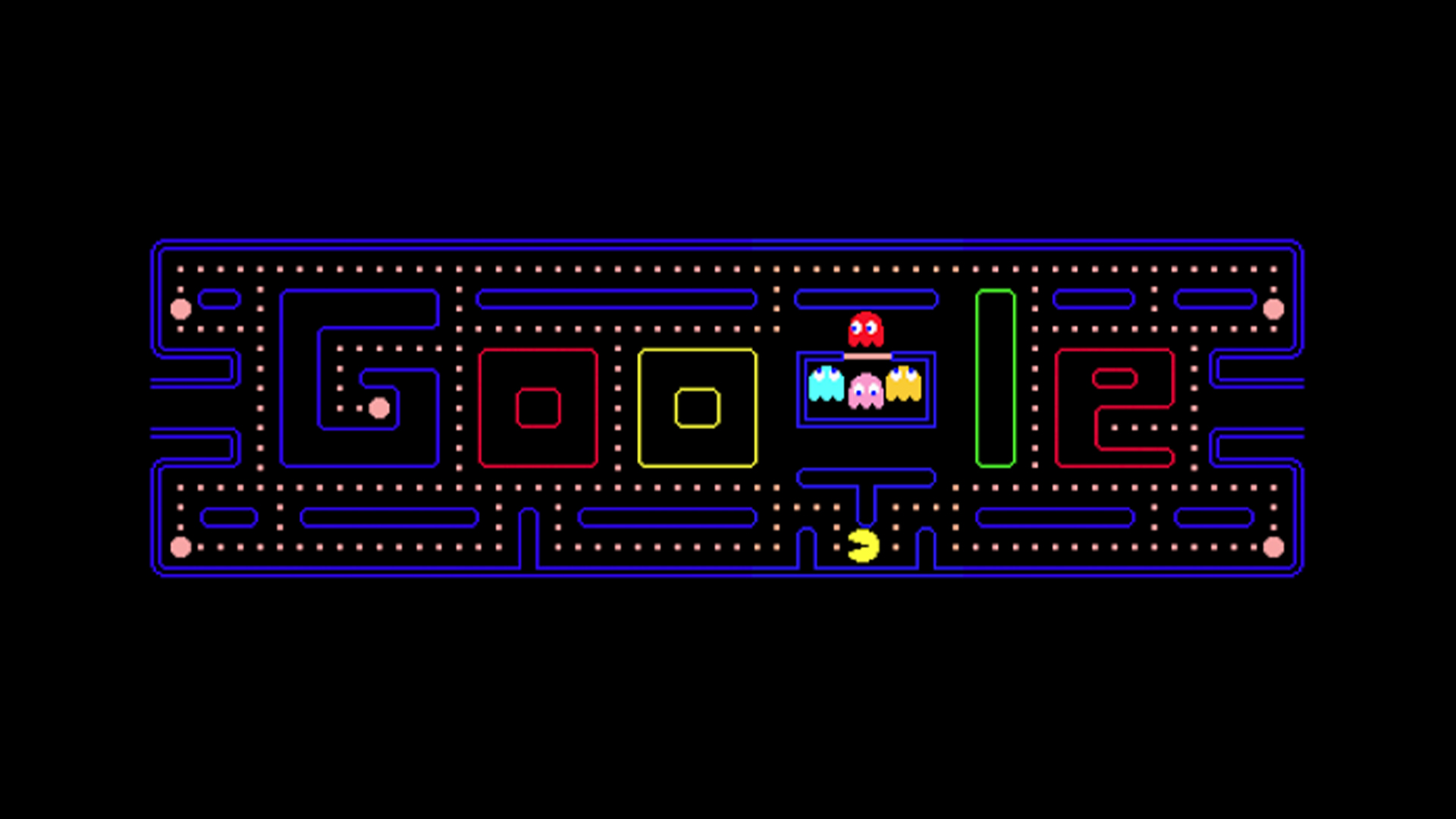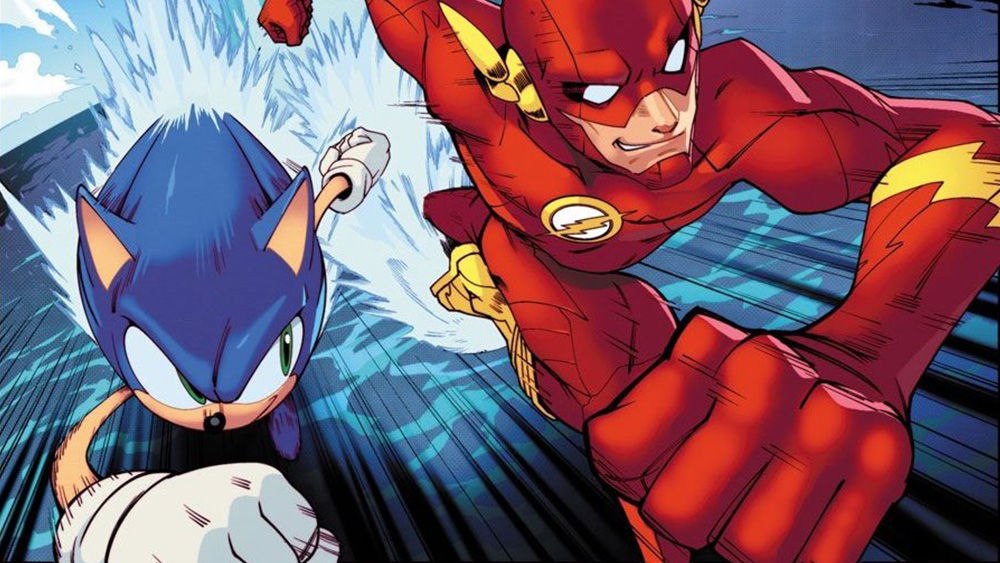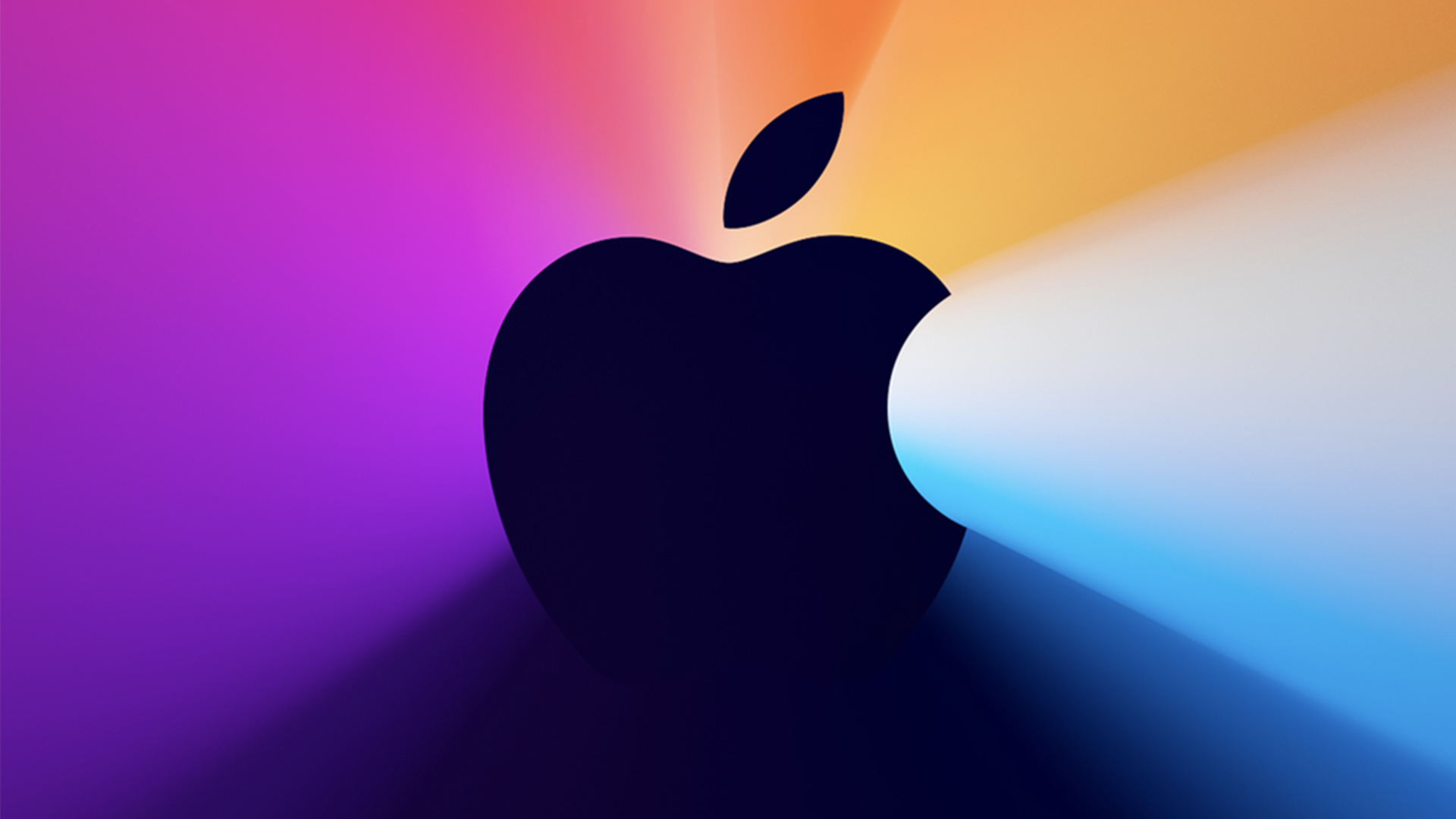Illustration
Latest about Illustration

Simz reveals his 12 top tips for great comic art
By Simone Ferriero published
From adding a dash of humour to choosing the perfect panels, Simone Ferriero shares some pro advice.

I spent a lovely afternoon painting with this easy to follow watercolour book
By Rosie Hilder last updated
You really can paint animals in 10 minutes.

"I paint in the hope of removing anguish" artist Yuka Sakuma discusses her nihonga-inspired paintings
By ImagineFX staff published
The illustrator tells us how the beauty of manga and anime influenced her dreamlike work.

20 pro sketching tips to help you elevate your skills
By ImagineFX staff last updated
Professional artists share their sketching tips for both beginners and advanced levels.

Learn to use visual language to convey mood with bestselling children's book artist Tony DiTerlizzi
By Tony DiTerlizzi published
Ten techniques for creating illustrations that carry emotion.

The design secrets that make the best John Wick posters so iconic – as revealed by the artists behind them
By Ian Dean published
Capturing a legend in a decade of movie poster art.

The best Google Doodles ever
By Tom May, Sammy Maine last updated
We look back at the most fun designs from across the decades.

The new Folio Society book designs just dropped and I can't stop looking at them
By Beren Neale published
From The Book Thief to Pompeii, these books are utterly stunning.
Daily design news, reviews, how-tos and more, as picked by the editors.


